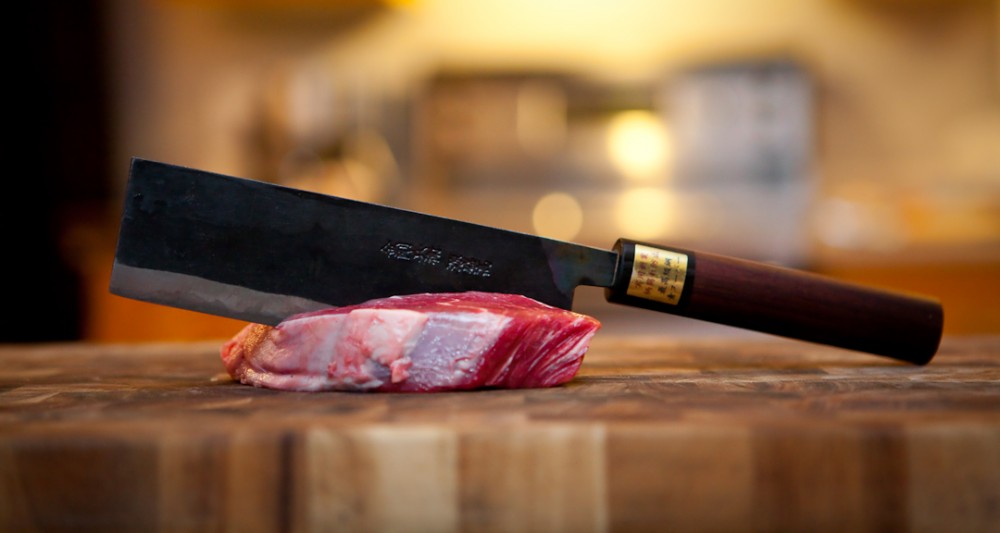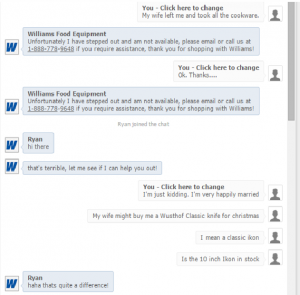You do not need to own an 8 inch, 970g Wüsthof cleaver. If you are the type of person who only buys things that you truly read then you should stop reading now. If you are the type of person who occasionally buys things you know you don’t need but really want, by all means, continue reading, because this review is meant for you.
This knife is the least used knife in my collection, but I absolutely love using it. I primarily use it for quartering chickens, but I also use it for cutting up chicken wings into segments every now and then. If you want to try this knife at home, be sure to use the thickest butcher block you can find, because if you try quartering a chicken with this thing on a normal cutting board you will likely cut your board in half and damage your counter top.
For those of you unfamiliar with metric, 970 grams is a little over two pounds. That’s a lot of kitchen knife. The knife comes with a disclaimer that it should not be used with frozen foods or large bones, but pay that no heed; that is just the same standard disclaimer they put in with all their other mortal knives. You can safely hack through a moose’s femur with this thing. Frozen foods are far more afraid of this knife that it is of frozen foods, and for good reason.
To be clear, this is not a kitchen tool; it is a kitchen toy. You may find yourself buying things at the grocery store purely on the basis of whether they can be hacked up. My consumption of whole chickens spiked dramatically after I bought this knife. Nobody reading this review truly needs to own this knife, but I would recommend it to each and every one of you.

